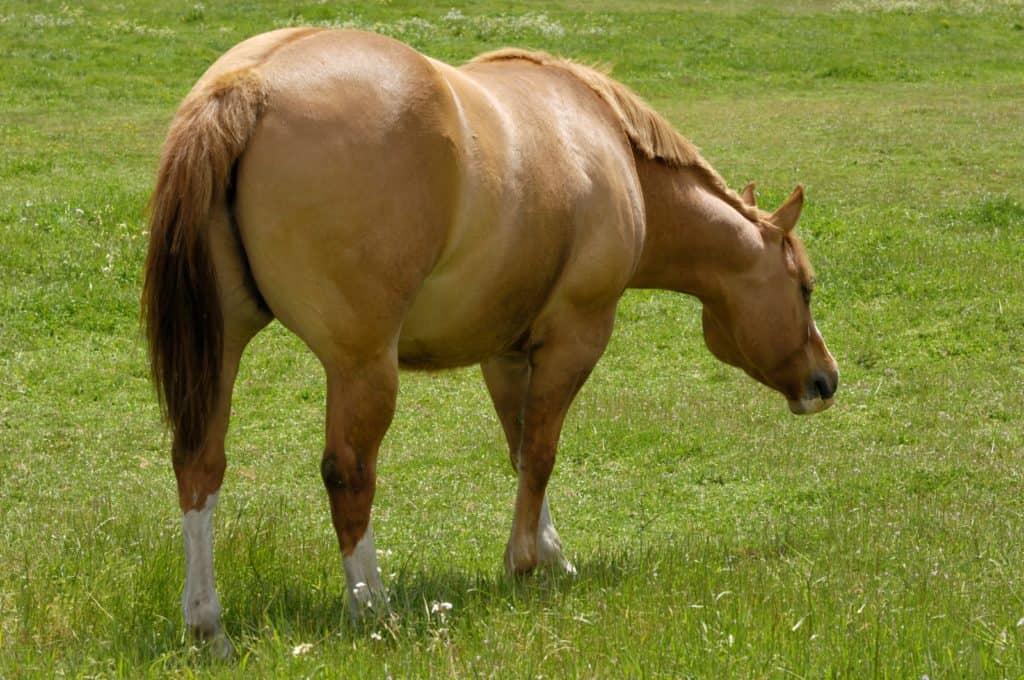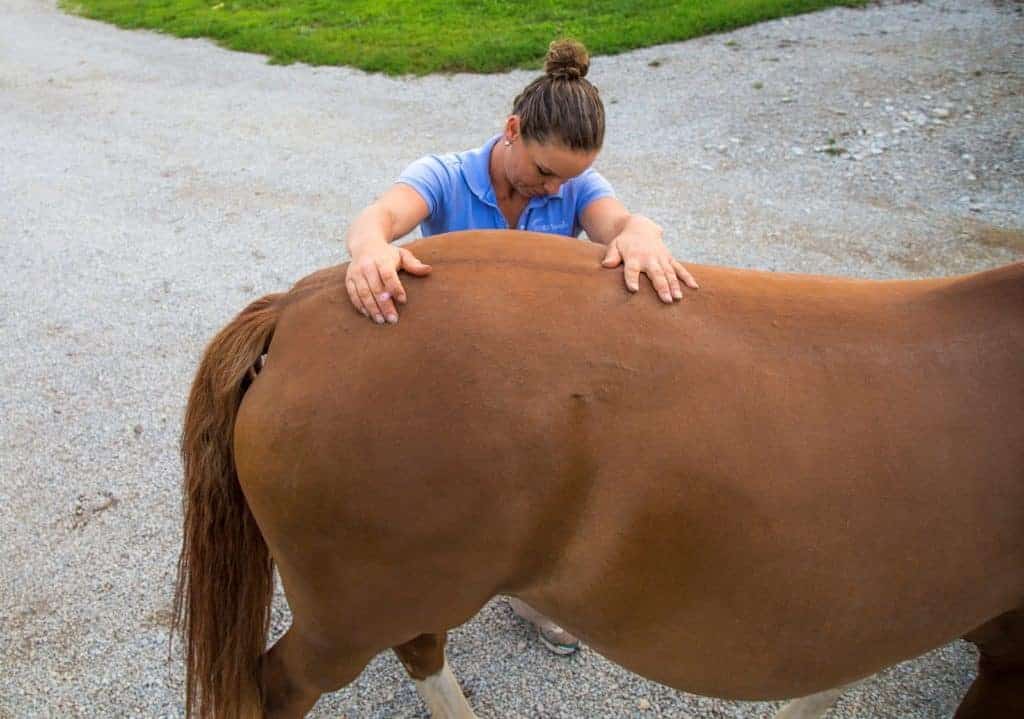
‘Street Nails’: An Equine Emergency
Nails that have punctured the bottom of a horse’s hoof, sometimes called “street nails,” require careful veterinary inspection and treatment. Here’s what to know.

Nails that have punctured the bottom of a horse’s hoof, sometimes called “street nails,” require careful veterinary inspection and treatment. Here’s what to know.

Drs. Peter Morresey and James McLeod share regenerative medicine insights from clinical and research perspectives.

Researchers identified a link between glucose and insulin concentrations (measured using an oral glucose test) and risk and onset of laminitis.

Do horses with PPID, EMS, and/or IR have a greater laminitis risk after receiving joint injections? Drs. Vern Dryden and Amanda Adams respond.

Since Barbaro’s death due to supporting-limb laminitis more than a decade ago, researchers have made great strides in understanding it, why it develops, how to treat it, and more.

Manuka honey contains biologically active compounds that appear to help horse wounds heal, particularly hard-to-treat wounds on the lower limbs.

With proper diagnostics, correct treatment, and careful management, many horses can overcome laminitis complications.

Learn what distinguishes PPID, EMS, and IR from each other and how to care for “metabolic” horses.

Improve your knowledge about diagnosing, treating, and preventing equine metabolic syndrome (EMS).

Learn more about nutrition’s role in the development and management of equine endocrine disorders and how you can reduce your horse’s risk of developing a secondary disease.

Instead of causing foot pain directly, rear hoof imbalances seem to cause more problems higher up the leg—to the hocks, stifles, glutes, and sacroiliac joint, one vet says.

Advances in how vets manage sepsis, as well as incorporating preventive strategies for laminitis, are leading to improved outcomes.

Vets must look comprehensively at the clinical picture to not only diagnose the disease but also come up with a treatment plan and prognosis.

Researchers hope to find out as they conduct a study of U.K. horse owners’ understanding of laminitis.

Dr. Elizabeth Santschi recaps research on hock injections, nerve blocks, castration, osteochondral lesions, and more.

Drs. Torri Maxwell and Duncan Peters offer insight into the role pharmaceuticals can play in managing navicular pain.
Stay on top of the most recent Horse Health news with
"*" indicates required fields